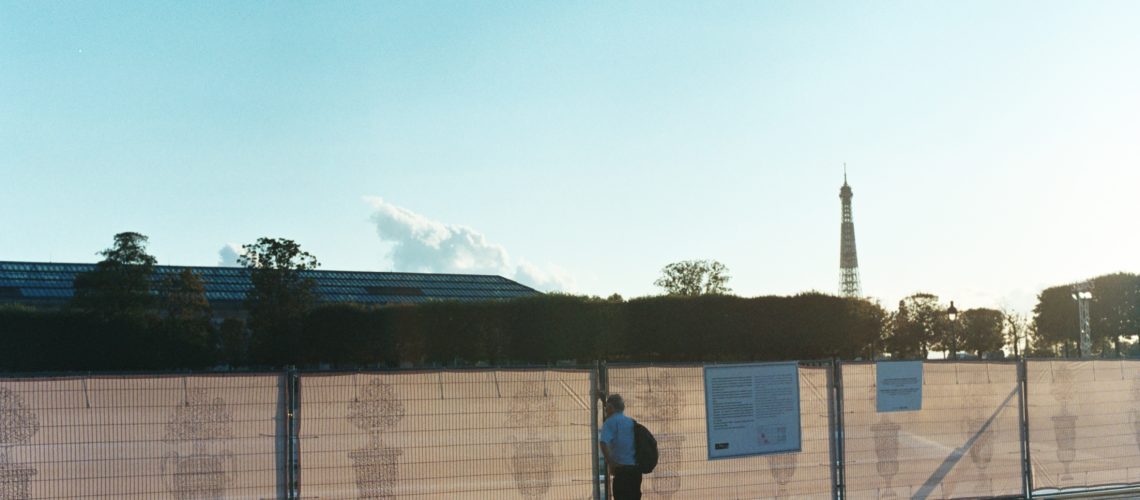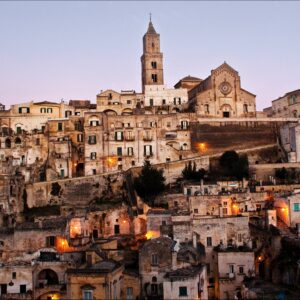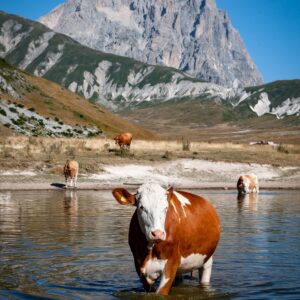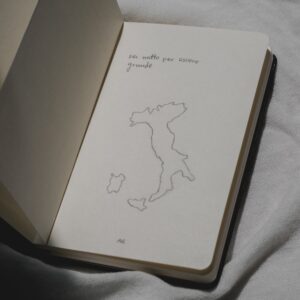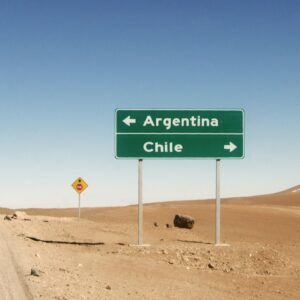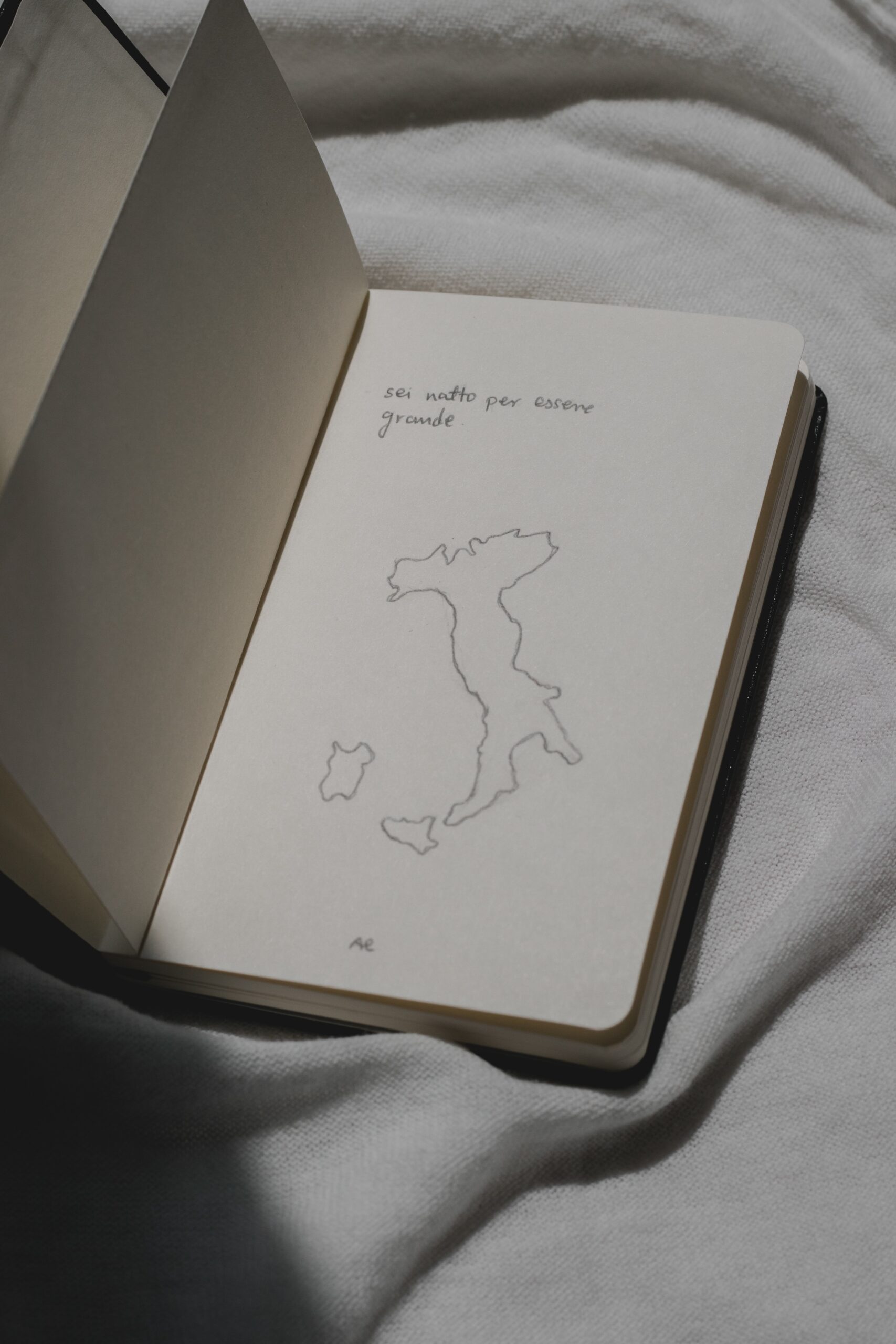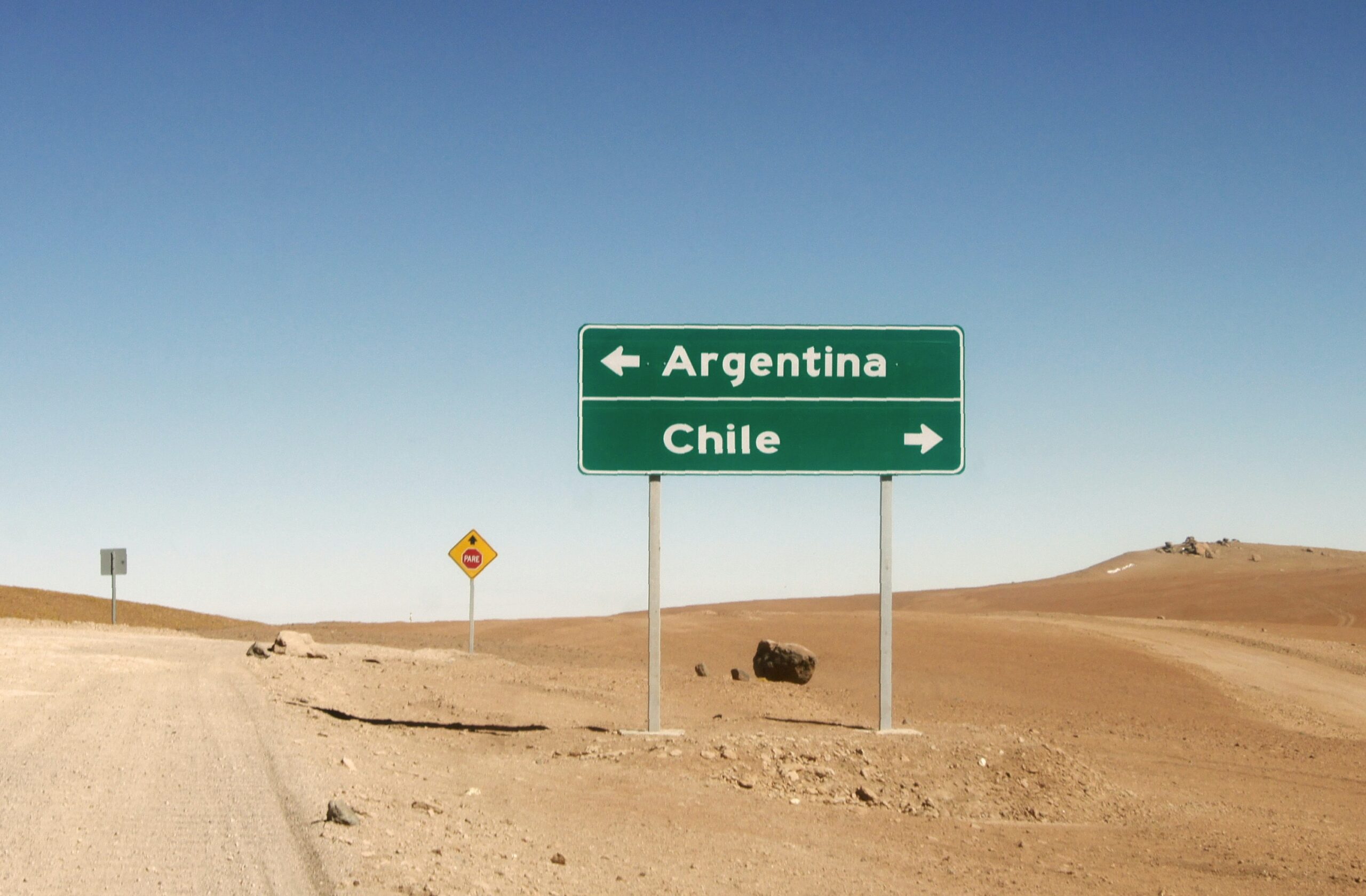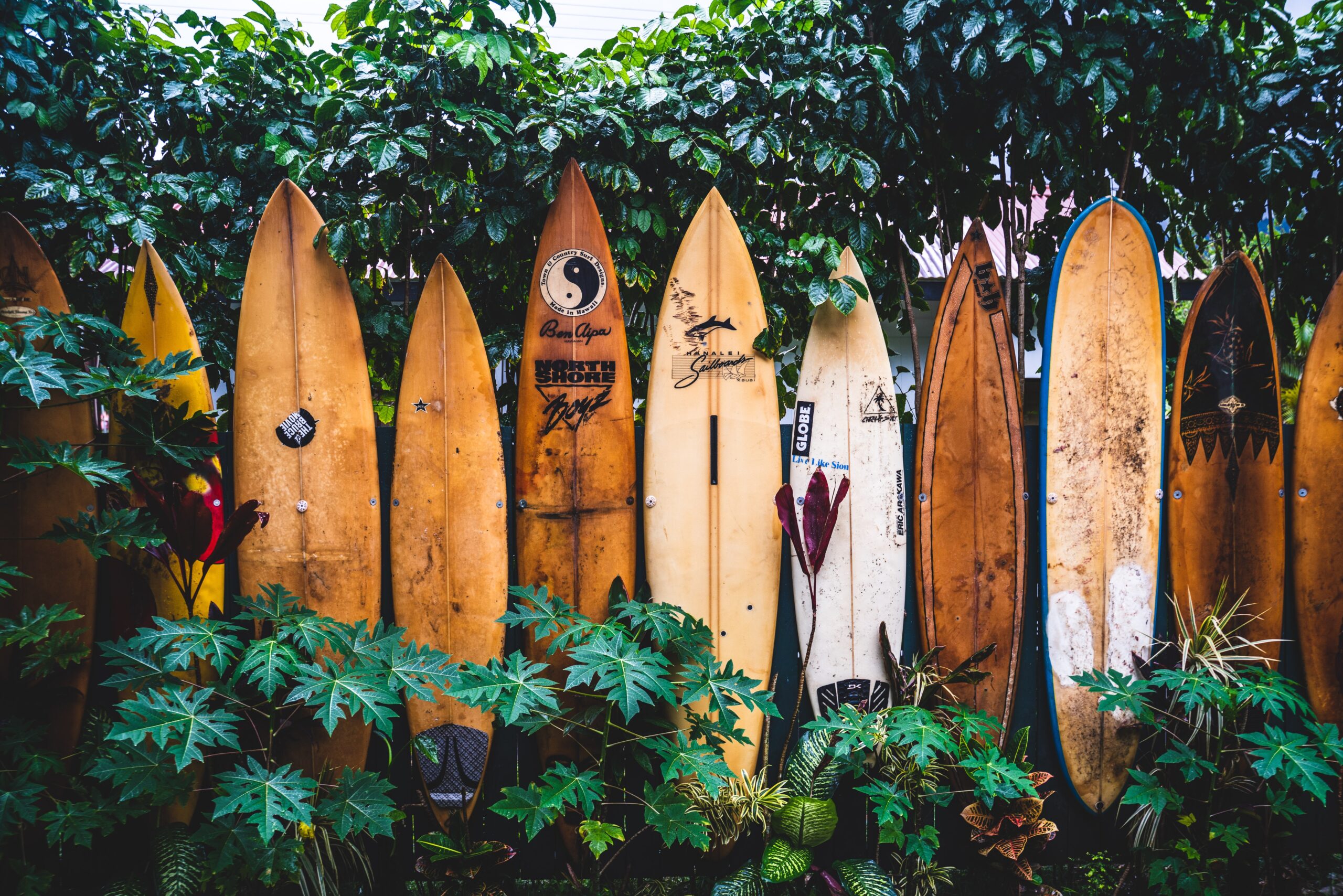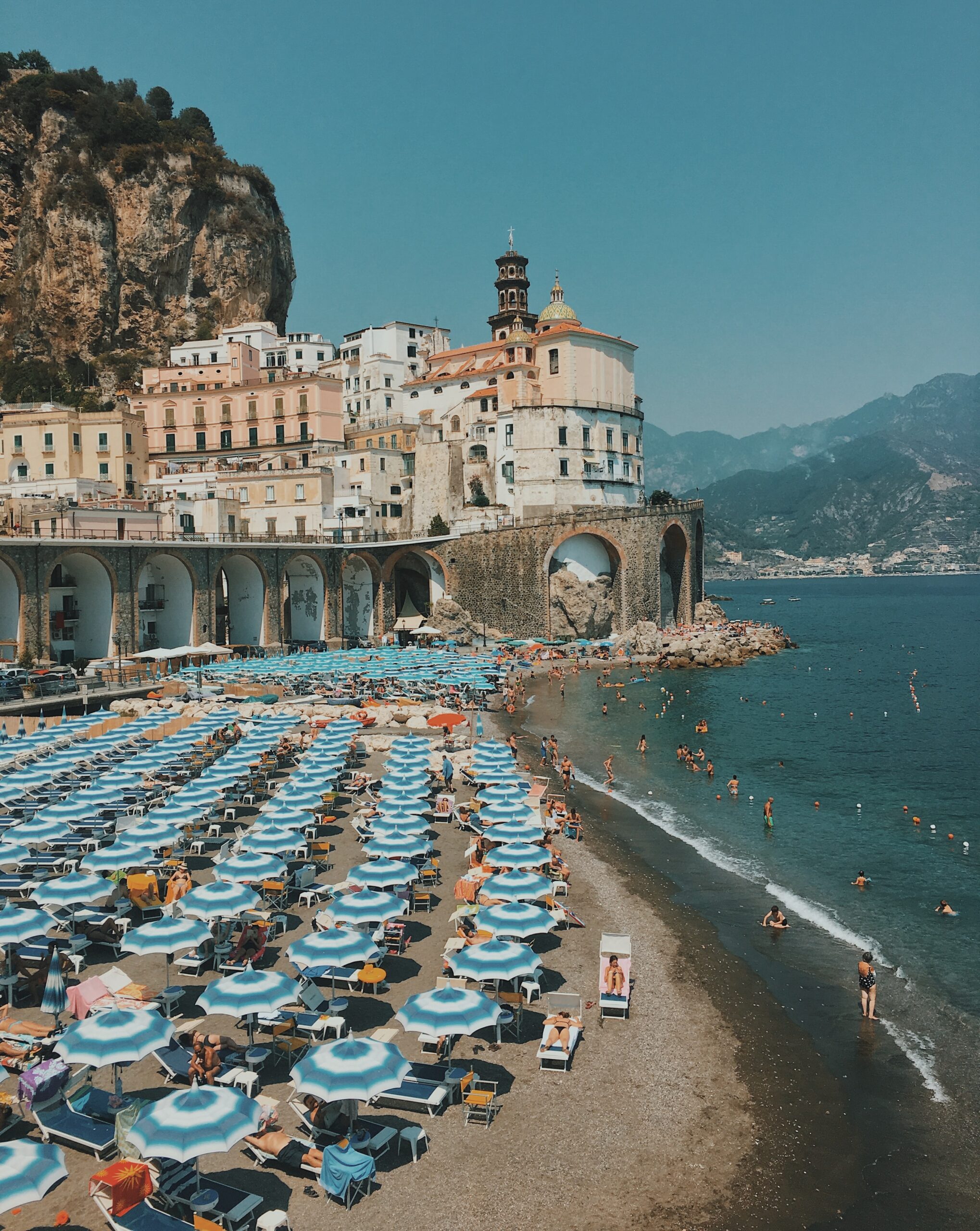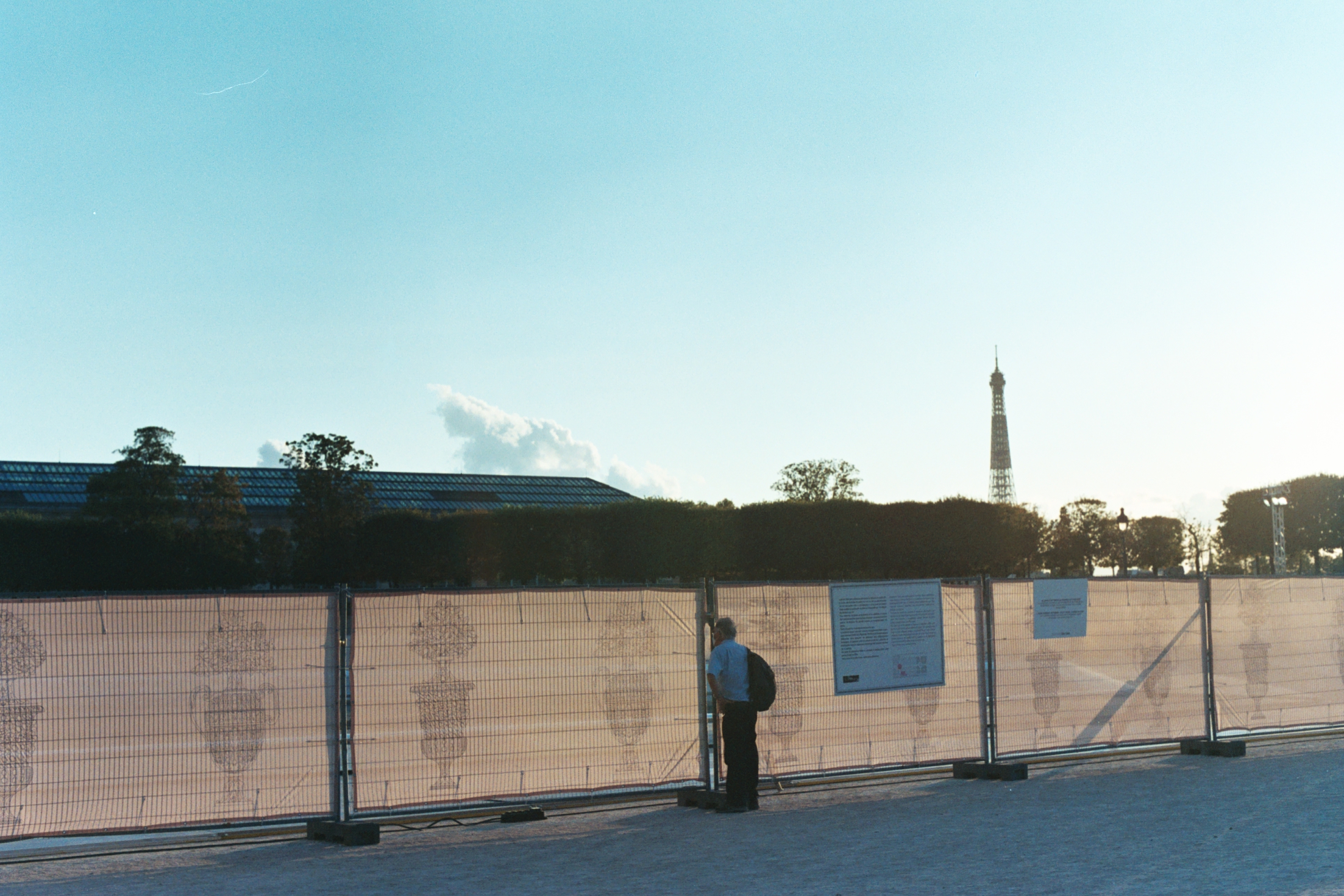
In the summer of 2020, I took a bunch of photos around Paris. Using my Nikon FM2n and the 35mm film stocks Fuji Superia X-TRA 400 and Fuji Superia 200, I would wander around the city and look for moments to memorialise.
After going through the rolls, I waited until I’d returned to New Zealand in March 2021 before I got them developed. The result is that when I finally saw the final scans, I had completely forgotten what I had shot.

It’s always fun when you get your photos back from the camera store. Photos that you had forgotten you had taken suddenly announce themselves on screen.

If memory serves, the images that appear with overblown blue hues were shot on Superia 200, and the ones with a cooler colour palette were the product of X-TRA 400. I don’t know why Superia 200 images are so blue. Could it be a scanning issue? Does the film stock have a strong blue bias? I guess I’ll never know.

Shooting in Paris can be a strange experience. As there are so many tourists in the city, if you go around carrying a camera, everyone will automatically assume you’re one too. That’s not necessarily a bad thing, of course: if you’re seen as a temporary visitor, you’re more likely to get away with taking photos of random things. But it can also feel quite strange to be perceived as such in a place you call home.

I took a lot of these photos in late afternoon and early evening. A major reason for this is because it was simply because it was too hot too shot any earlier. Paris in the summertime can be an oven: hot and dry and nowhere to hide. In a compact zone teeming with concrete, you really want to stay out of the heat as much as possible.

The City of Light is an interesting place in summer. As many inhabitants flee the city, the atmosphere changes completely. It can feel quiet and dream-like, as if you’re not really in the real world. And as the daylight lasts until 21:00, you can stay outside for far longer than normal.

This means, of course, that you can shoot during night hours on slow speed film stocks without facing too many obstacles, although better results are still captured at brighter times of day.

Besides Issy-les-Moulineaux, a suburb to the south of the Paris, I took these photos in fairly touristy areas of the city: the Jardin des Tuileries, the Jardin de Luxembourg, Montmartre, Saint-Germain-des-Prés and a rooftop garden in the 11th arrondissment.

As much as I love my FM2n, I must say it’s a surprisingly heavy camera. Built like I tank, I feel pretty confident carrying it around, knowing (or at least assuming) that were I to drop it, it would continue to function perfectly. If I took it to the Arctic, I have little double it would survive the trip intact.

But the flip-side to its incredible robustness is its undue weight. Whenever I pack it in my bag, I can feel its mass conspiring with gravity to pull me down. The inevitable result is that I tend to carry it far less frequently than my other cameras; and when I do take it with me, it’s always due to a conscious decision to shoot film.

On the few times that I have shot with it, I’ve thoroughly enjoyed it. There’s something calming about the analog experience that you simply can’t replicate with a digital camera. Without an LED screen or a complicated menu, you’re left with an old built-in light meter and your proficiency with manual focusing to get the results you want. It’s a slow process, in other words, that requires your fullest attention. You find a scene that interests you, figure out your composition, choose your aperture and shutter speed, manually focus on a subject, and then press the shutter.

And boy, does it have a good shutter sound. Nikon analog cameras have a shutter that makes this crisp, full-bodied noise that blows every other one out of the water. It’s the camera equivalent of old Mercedes-Benz doors, which had been designed to make a hefty thump whenever you close them. It’s a sound you can tire of, an everyday thrill you can never outgrow.

I shot all my photos with Nikon NIKKOR 50mm f/1.4 AI-S lens. It’s a nice little lens that can produce creamy bokeh, but it struggles at its widest aperture.

As it’s entirely manually-operated, I always have to double-check that the subject I want to capture is indeed in focus. If I’m not careful, I could so easily press the shutter and then discover later on that everything is blurry.

Besides these challenges, though, it’s a real joy to play with. The fact that it’s entirely manual means that when I’m shooting with my FM2n, I feel like I’m really capturing what I’m seeing with my own eyes.
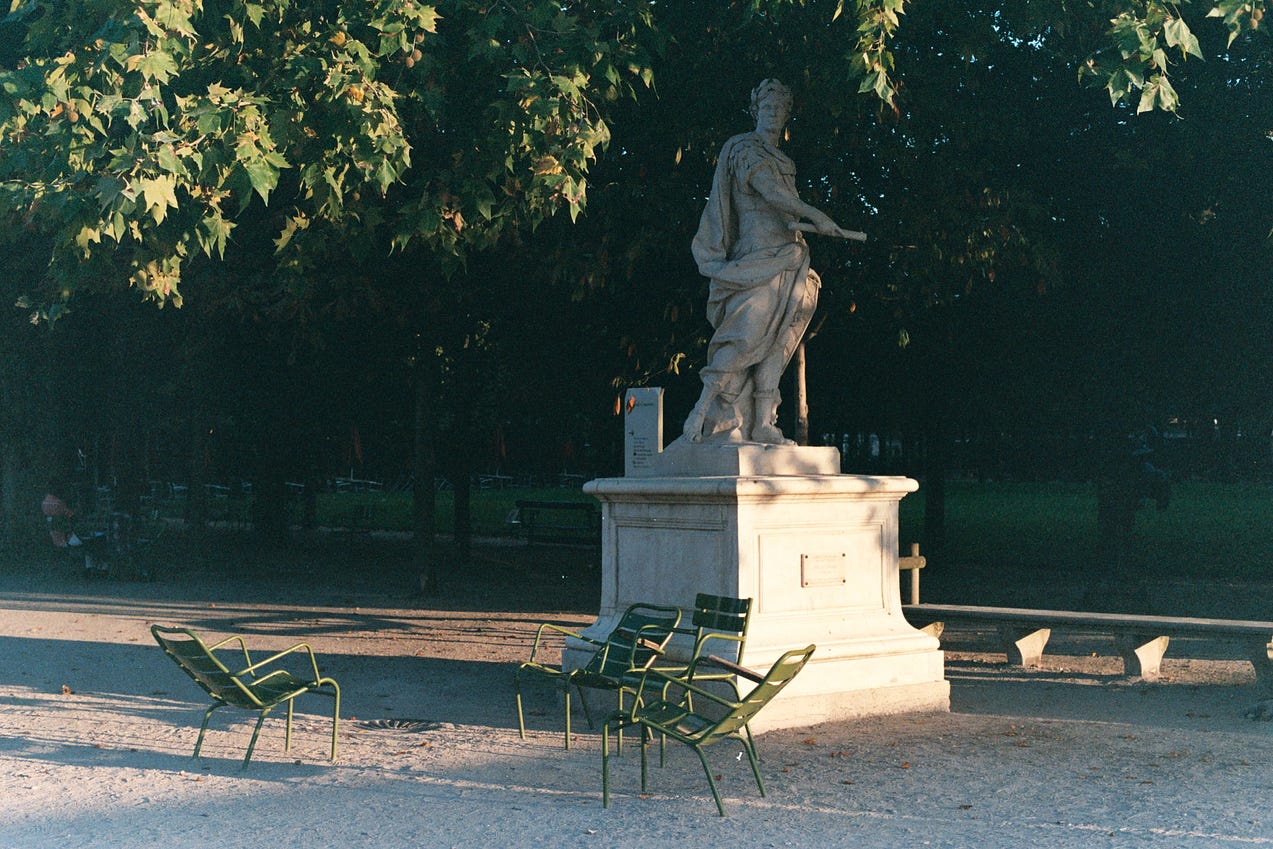
The images aren’t being relayed to me through a digital screen; it’s right there in front of me. All I have to do is press the shutter and hear that sweet, sweet sound of a moment being preserved forever.
